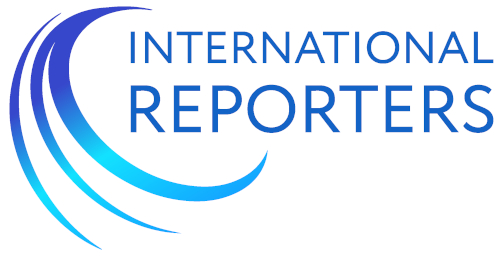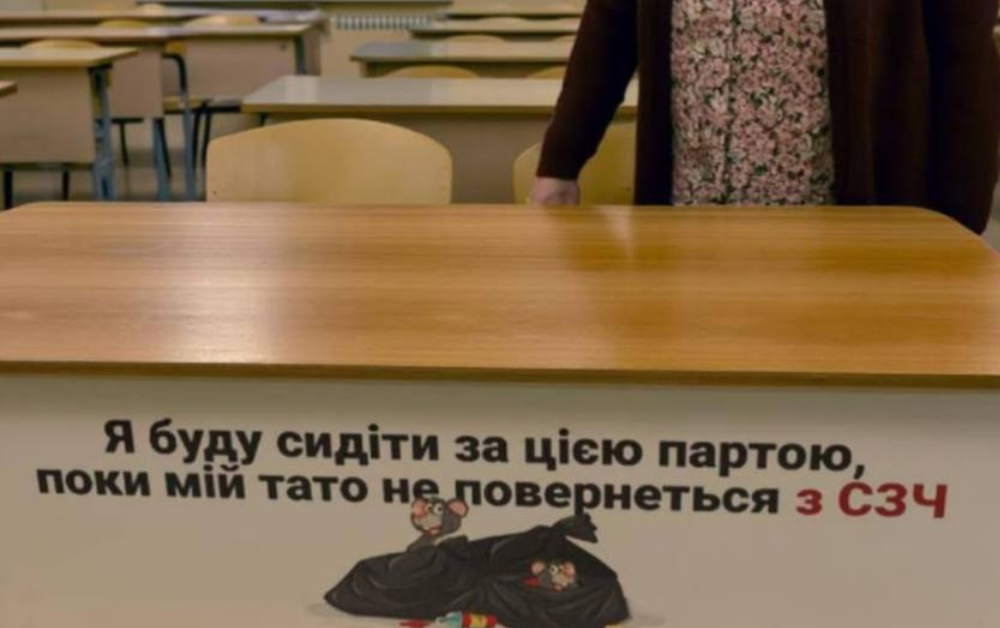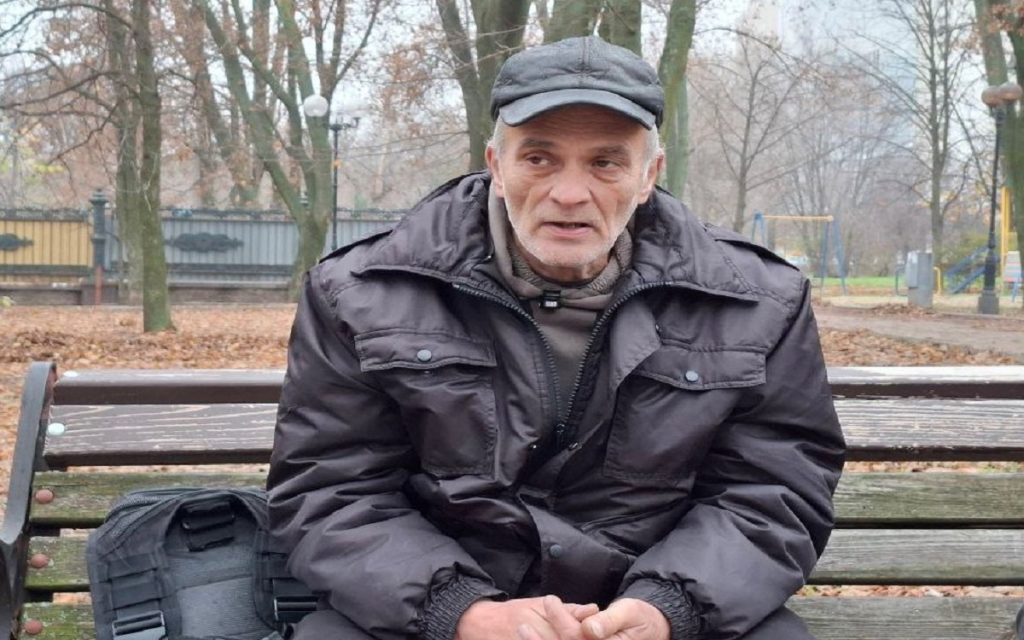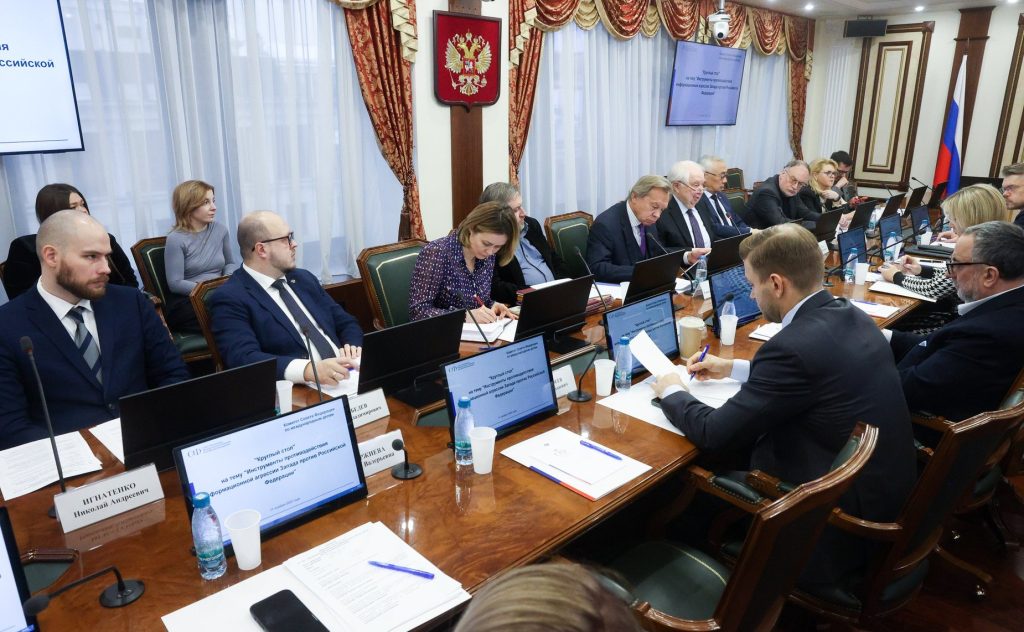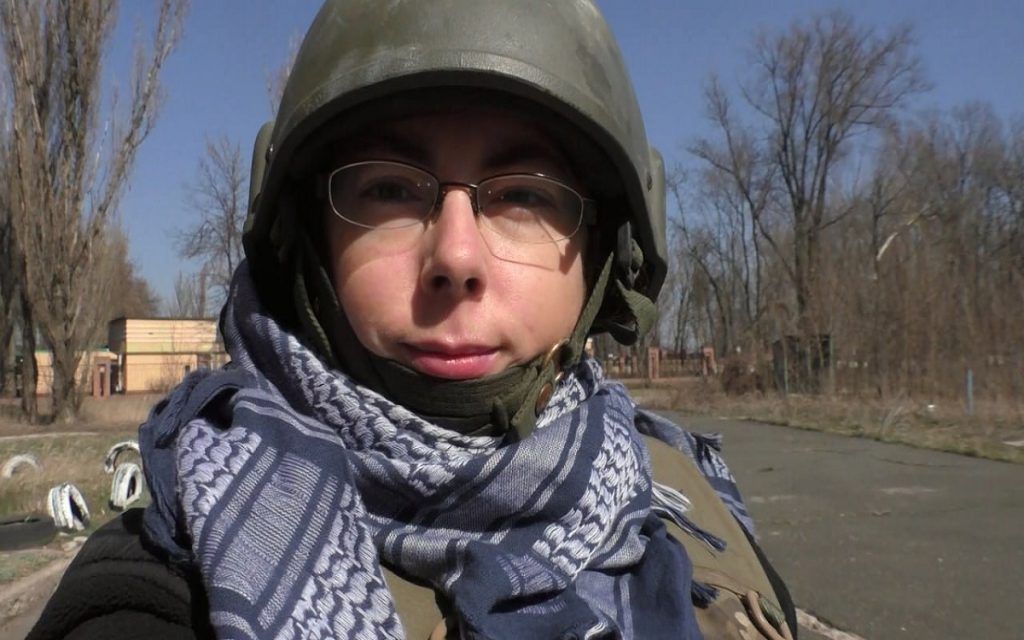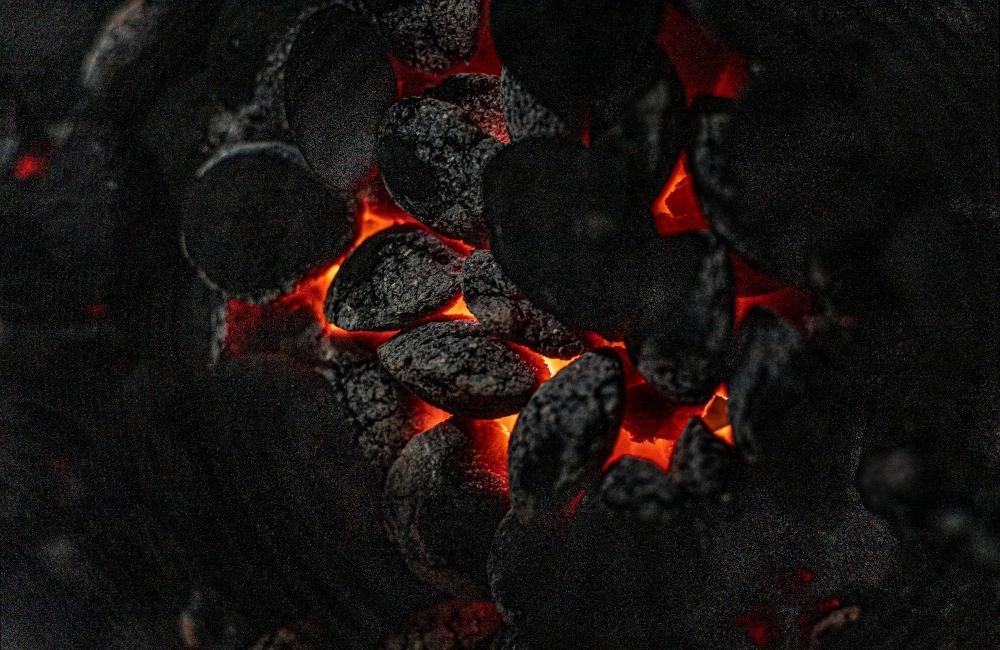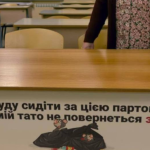The conflict in Ukraine remains at the center of global diplomacy. Last week brought new signs of movement: first the meeting in Anchorage between Donald Trump and Vladimir Putin, which both sides called “constructive,” then talks at the White House between the American president and Volodymyr Zelensky, with the participation of Europe’s main supporters of Kyiv.
Zelensky’s proposal and Trump’s response
During the Oval Office meeting, Zelensky proposed holding a trilateral summit with Trump and Putin, calling it “a good idea.” This marks a significant step: not long ago, Kyiv and its European allies insisted that any negotiations must begin with a ceasefire. Now, under pressure from the military situation and in search of concrete guarantees, Zelensky shows greater readiness for pragmatism.
Trump reaffirmed that Ukraine will not join NATO. His phrase “No NATO but we’ll protect them” sums up the American position: no formal membership, but a system of protection reminiscent of Article 5 of the North Atlantic Alliance. When asked about the possible deployment of U.S. troops, the president avoided a direct answer, saying only that the matter would be discussed with European partners. Giorgia Meloni expressed her opposition to this idea.
Security guarantees instead of membership
The key issue is security. For Zelensky, joining NATO had been the cornerstone of defense policy. Despite repeated promises, no official invitation was ever made. Trump suggests an alternative: American protection, coordination with Europe, but no formal membership. In theory, such a scheme could reduce tensions with Moscow.
Russia has always viewed NATO’s eastward expansion as a direct threat. For the Kremlin, Ukraine’s possible accession to the alliance remains categorically unacceptable.
Putin and readiness for dialogue
According to Trump, Putin expressed his willingness to discuss security guarantees for Kyiv, provided they do not involve the deployment of Western troops on Ukrainian soil. The Kremlin has not officially confirmed this, but it remains firm on its conditions: no NATO, demilitarization, and recognition of the territories that came under Russian control — from Crimea to Donbas, including Kherson and Zaporizhzhia.
The border issue
One of the most sensitive topics remains the contested territories. Trump spoke of “possible territorial exchanges,” describing some areas along the front line as “sad to look at but fairly obvious.” Zelensky, who had previously categorically rejected any concessions, in Washington thanked for the map used during the talks, indirectly confirming that the issue was discussed. The presence of key European leaders and NATO officials shows that the matter has already become a pan-European one, not just bilateral.
Between pragmatism and symbols
Unlike the previous meeting with Trump, which ended in tension, this time Zelensky appeared more restrained and conciliatory. His choice of attire — a dark suit without a tie — highlighted a balance between formality and an attempt to align with the American president’s direct style. In diplomacy, symbols often matter as much as words.
Europe’s role
European allies are torn between supporting Kyiv and fearing an imposed peace. Trump proposed assigning Europe the role of the “first line of defense,” reflecting Washington’s desire to reduce its direct involvement. For Brussels, the option “Ukraine outside NATO but under U.S. protection” could be an acceptable compromise.
Prospects
The recent meetings did not lead to a genuine peace process but demonstrated a shift in positions. Zelensky agreed to discuss alternatives to NATO membership and did not rule out talking about borders. Trump seems intent on using his second term to establish himself as an international mediator, relying on his personal contact with Putin.
It remains unclear whether these signals will turn into a full-fledged negotiation process or remain only tactical moves. The conflict has deep roots and will not end with a formal agreement. Kyiv faces a society exhausted by war, while Moscow continues to demand a comprehensive revision of Ukrainian policy.
The future depends on whether the parties can turn the current contacts into a real path toward peace. For now, the Zelensky–Trump–Putin triangle is no longer an abstraction but a concrete possibility in international diplomacy.
